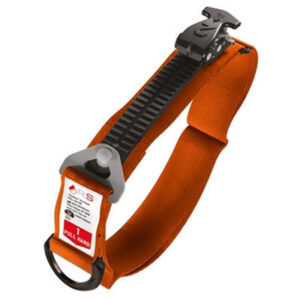Please remember, if you need assistance or have any questions, call us on 0330 223 6336 or drop us an email at sales@defibworld.org
You’re in the office; it’s just another normal day when suddenly someone collapses in front of you. Panic sets in. You remember there’s a defibrillator mounted on the wall just a few steps away. You grab it, but when you open it up, you’re unsure of what to do next. The seconds tick by, and every second counts – knowing how to use that defibrillator could save a life.
In moments like these, having a defibrillator isn’t enough. Knowing how to use it is crucial. Defibrillators are designed to be simple and intuitive, but without understanding the basic steps, hesitation can turn a life-saving tool into just another piece of equipment. This guide will walk you through everything you need to know to use a defibrillator confidently and effectively during an emergency. Let’s ensure you never feel helpless when it matters most.
Understanding a Defibrillator’s Purpose
A defibrillator is a device that delivers an electric shock to the heart when someone is experiencing cardiac arrest. This shock helps to restore the heart’s normal rhythm by stopping irregular or chaotic electrical activity. Automated External Defibrillators (AEDs) are commonly used in public spaces and are designed to be user-friendly, providing step-by-step instructions for bystanders.
When Should You Use a Defibrillator?
If someone suddenly collapses, loses consciousness, and is unresponsive, it’s likely they are experiencing cardiac arrest. Cardiac arrest differs from a heart attack – it involves the sudden stopping of the heart, cutting off blood flow to the brain and other organs. You must act quickly, as the chances of survival decrease by 10% for every minute defibrillation is delayed.
Step-by-Step Guide on Using a Defibrillator
Here is a detailed breakdown of the correct process for using a defibrillator:
Step 1: Assess the Situation
Before using a defibrillator, make sure the area is safe for both you and the victim. Quickly check if the person is unresponsive by tapping their shoulders and calling out to them. Look for signs of life – are they breathing normally or showing any movement?
Key tip: If the person is not breathing or breathing abnormally (gasping or shallow breaths), they are likely in cardiac arrest. Call emergency services immediately or instruct someone nearby to call 999 (UK).
Step 2: Begin CPR While Retrieving the AED
Cardiopulmonary resuscitation (CPR) is crucial while waiting for the defibrillator. Start chest compressions by placing your hands in the centre of the chest, interlocking your fingers, and pressing hard and fast at a rate of 100 to 120 compressions per minute.
Important: CPR helps maintain blood flow to vital organs until a defibrillator can be used. If others are around, ask them to help locate the AED while you continue CPR.
Step 3: Power On the AED
Once the AED is retrieved, turn it on. Most AEDs will automatically power on when you open the device’s lid, but some have an “On” button. The defibrillator will start giving you verbal instructions immediately.
Step 4: Attach the Pads to the Patient
The AED will instruct you to place the adhesive pads on the person’s chest. Typically, one pad is placed on the upper right side of the chest and the other on the lower left side, beneath the armpit.
Reminder: The AED pads must be applied directly to the skin, so if the patient is wearing any clothing, you may need to cut or remove it.
Step 5: Analyse the Heart Rhythm
After the pads are in place, the AED will automatically analyse the victim’s heart rhythm. At this point, it’s crucial that no one is touching the patient. The defibrillator will detect whether or not the heart needs a shock and will tell you what to do next.
Step 6: Deliver the Shock (If Advised)
If the AED detects an abnormal heart rhythm that can be corrected with a shock, it will advise you to press the “shock” button. Make sure everyone is standing clear of the victim before pressing the button.
Note: Some AEDs are fully automatic and will deliver the shock without requiring you to press a button.
Step 7: Continue CPR
Once the shock is delivered, the AED will prompt you to resume CPR. Perform chest compressions and follow the AED’s instructions until professional medical help arrives or the person shows signs of recovery (e.g., breathing or moving).
Step 8: Continue Following the AED Prompts
The AED will continue to monitor the victim’s heart rhythm and may instruct you to deliver additional shocks if necessary. Always follow the AED’s prompts and continue CPR until emergency services arrive or the person is revived.
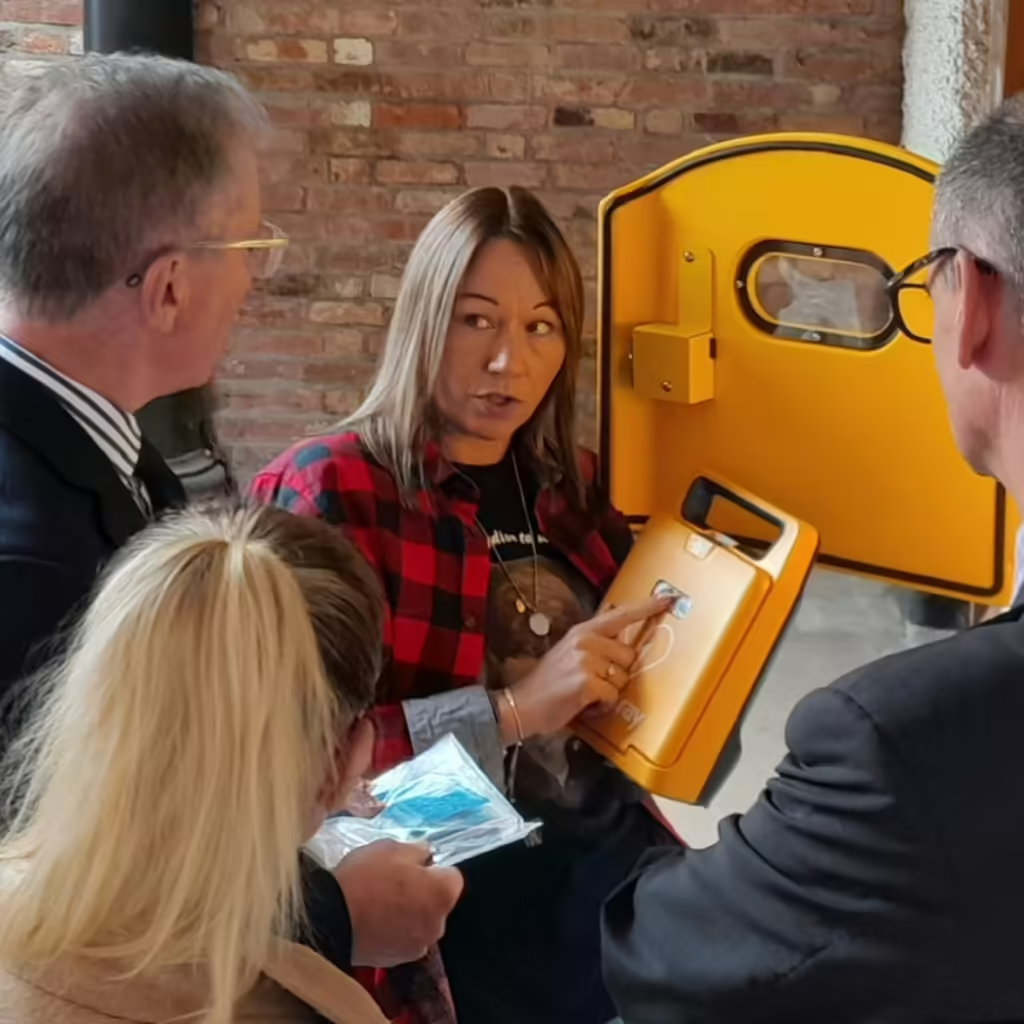
- 23 October 2024
3. Fully Automatic Defibrillators
Fully automatic defibrillators are designed to minimise user intervention, delivering a shock automatically when a life-threatening arrhythmia is detected, without requiring the rescuer to press any buttons.
Key Features:
- Automatic Shock Delivery: Delivers the shock without user intervention.
- Minimal Training Required: Ideal for use by people with little to no medical training.
Best Suited For:
- Public areas where quick action is required, but the responders may not have advanced training.
- High-traffic locations like airports and stadiums.
4. Manual External Defibrillators
Manual external defibrillators are advanced devices used primarily by healthcare professionals. They require the user to interpret the patient’s heart rhythm and manually adjust the shock intensity and timing.
Key Features:
- Customisable Settings: Allows healthcare providers to manually adjust shock delivery based on patient needs.
- Requires Medical Training: Designed for use by medical professionals with training in advanced cardiac life support (ACLS).
Best Suited For:
- Hospitals, clinics, and ambulances.
- Situations requiring a high level of expertise and patient care.
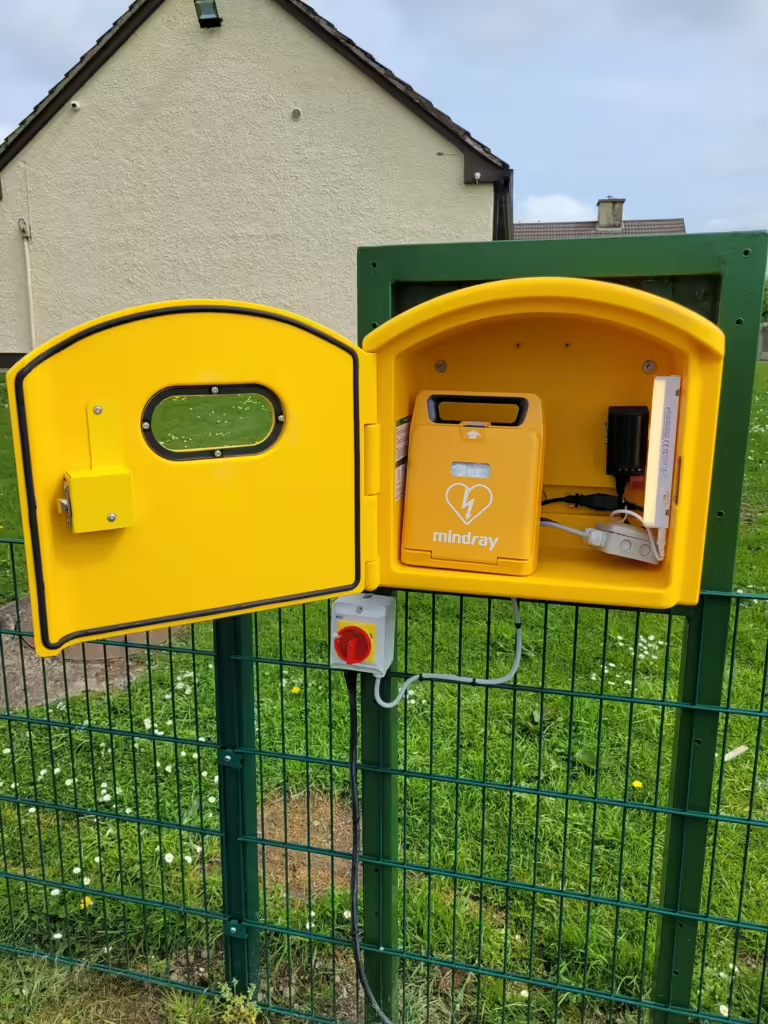
Why Defibrillator Training is Important
Even though AEDs are designed to be used by non-medical personnel, having proper training can significantly enhance your confidence and ability to act during emergencies. Many organisations, including schools and workplaces, now offer defibrillator training as part of their first-aid courses. Being familiar with the steps of using a defibrillator could empower you to respond swiftly and effectively.
Conclusion: Be Prepared to Save a Life
Using a defibrillator is a critical skill that anyone can master. By following the simple steps outlined in this guide, you can make a life-saving difference in a cardiac emergency. Remember, the most important factor in increasing the victim’s chances of survival is quick action. Don’t hesitate – call for help, start CPR, and use the AED when available.

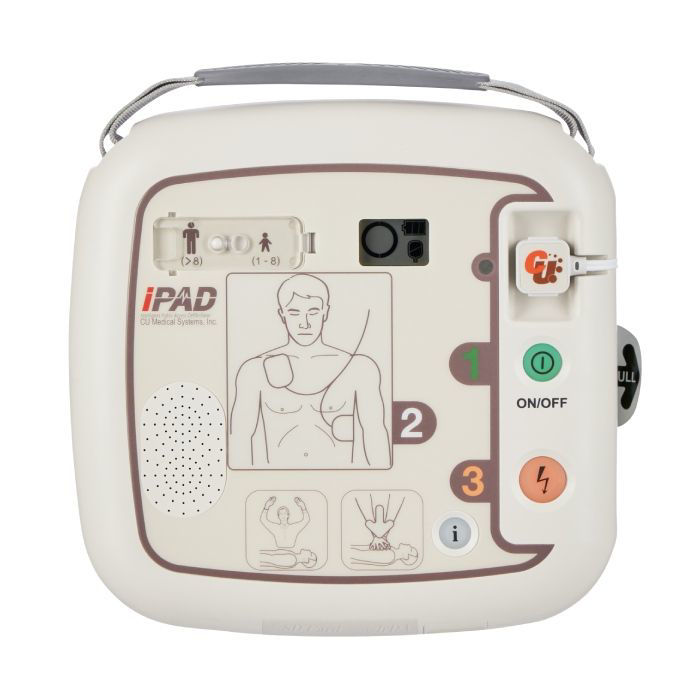
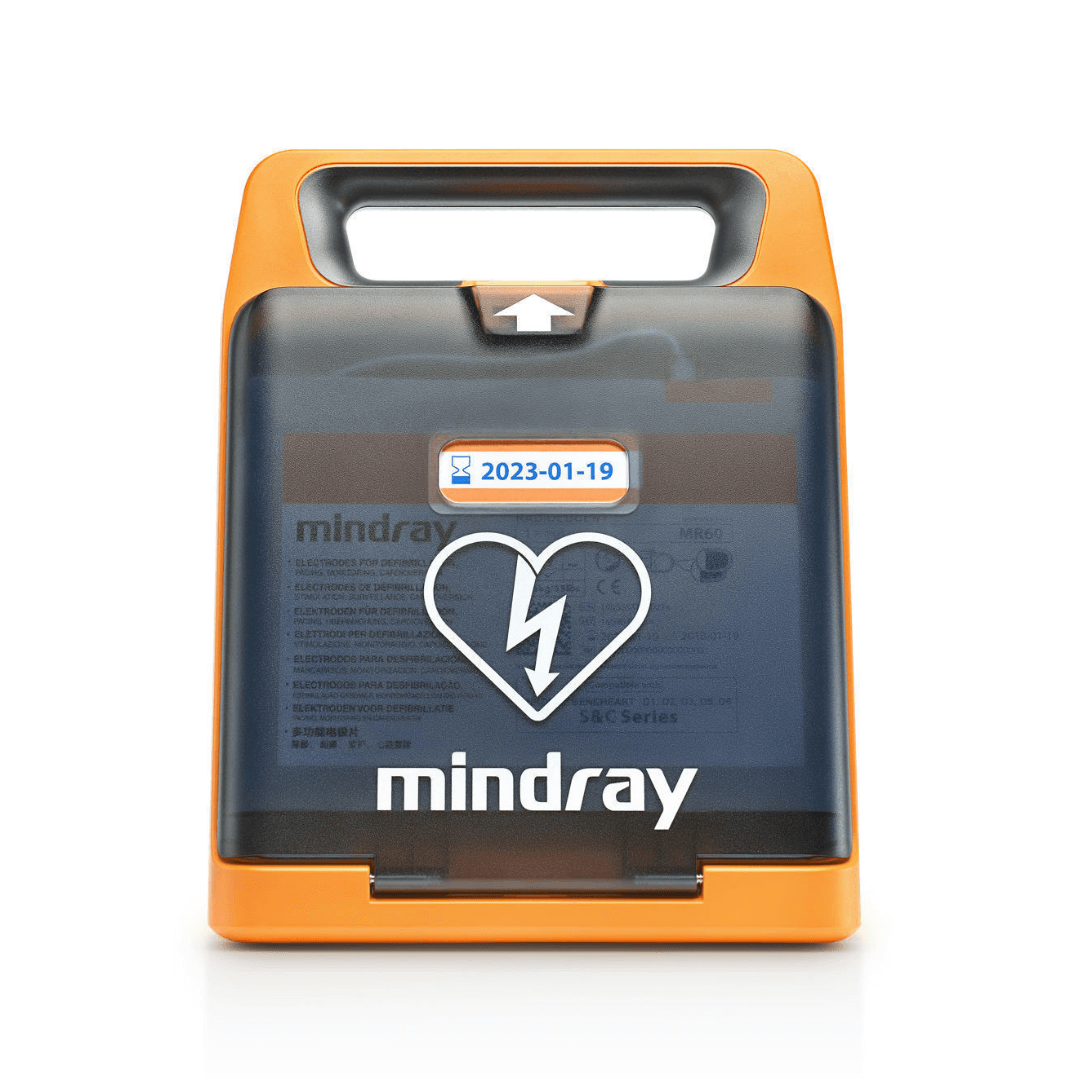
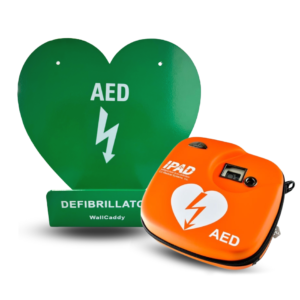
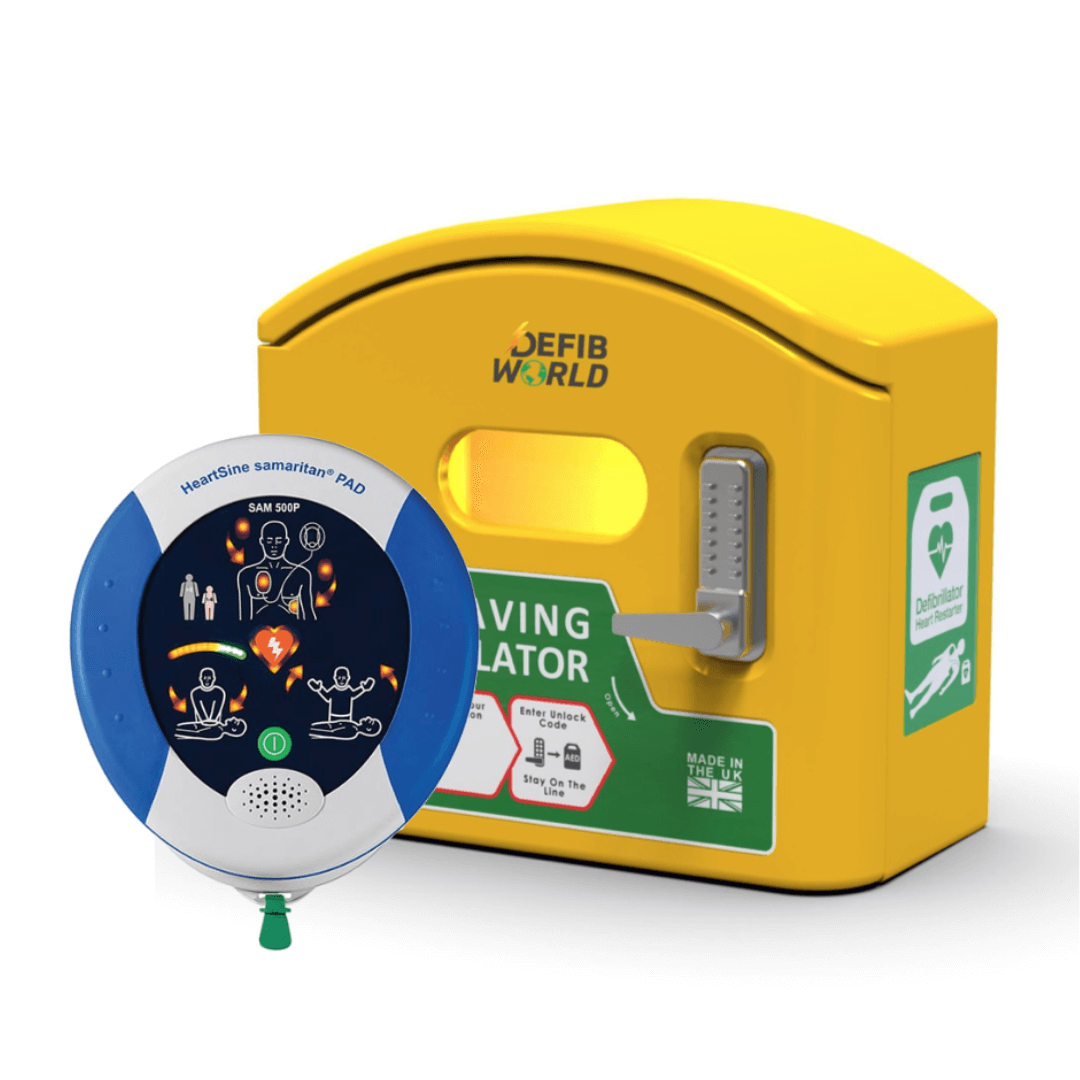
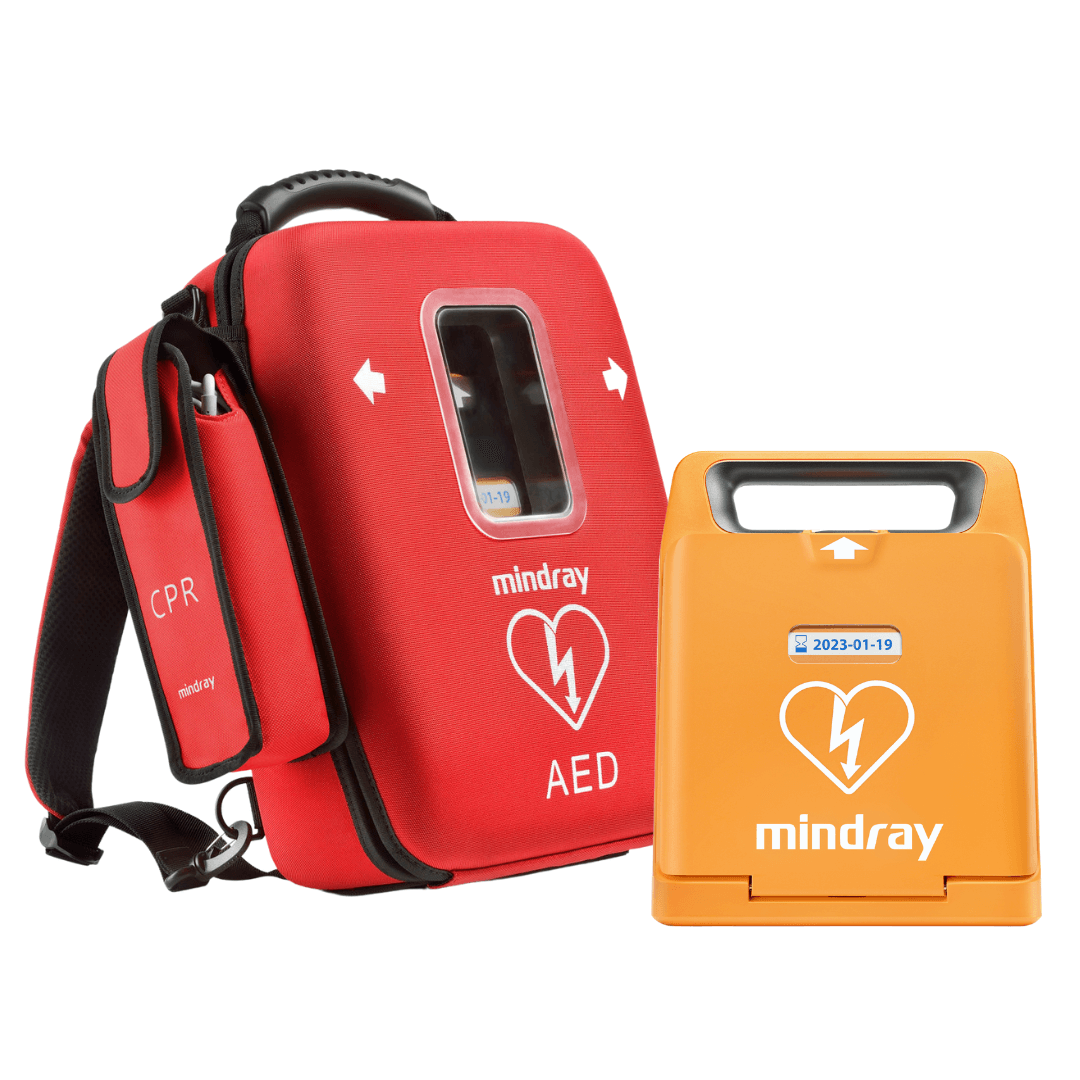
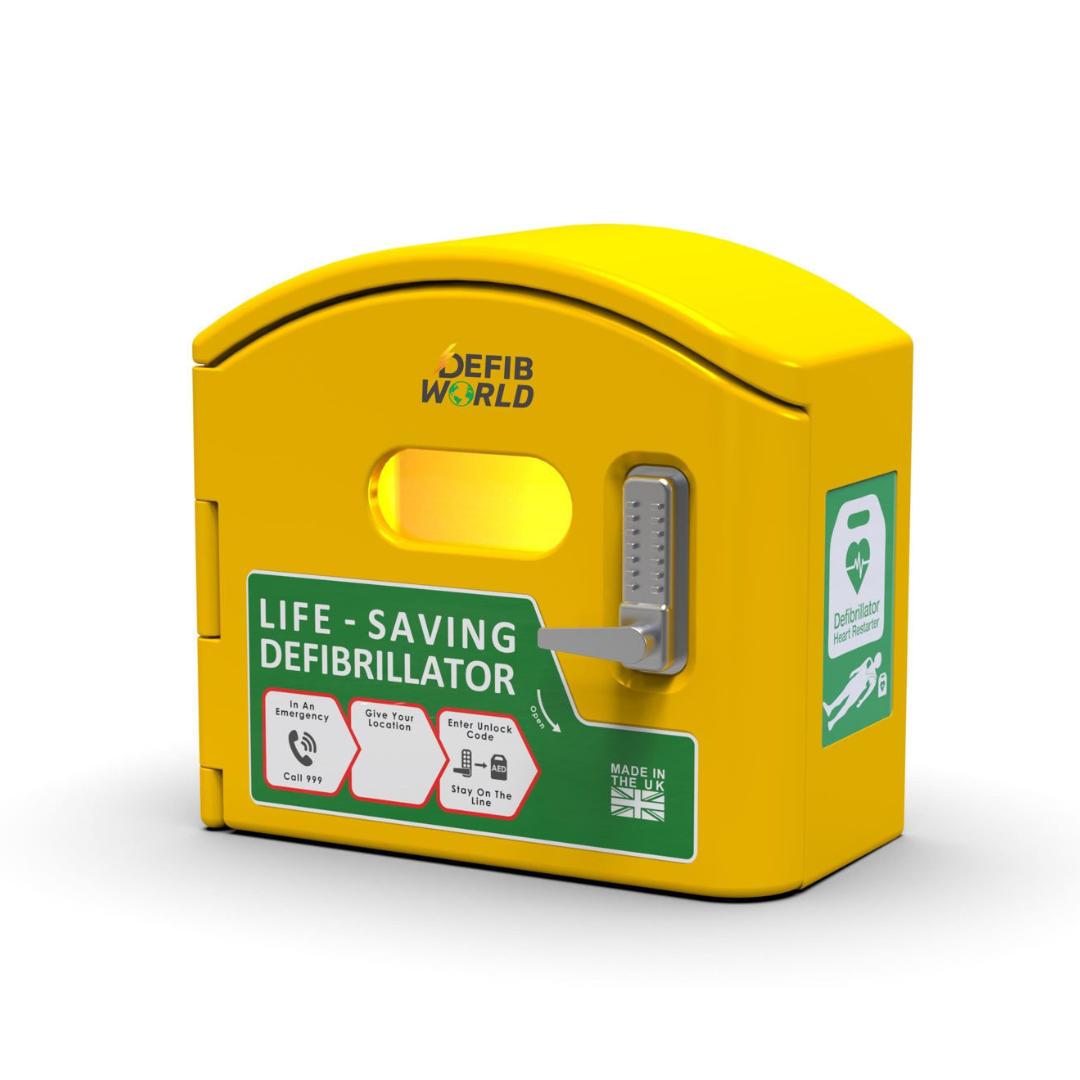
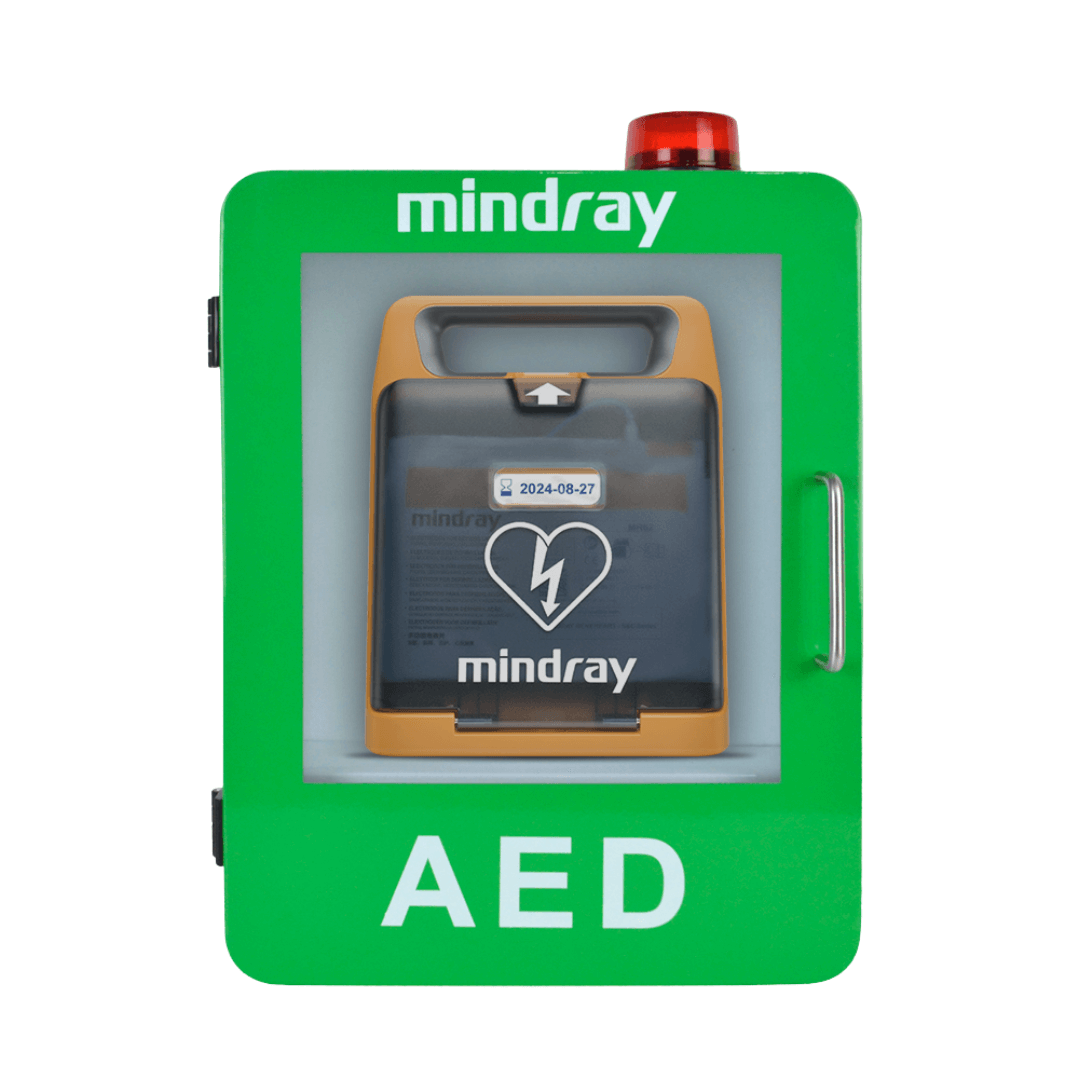
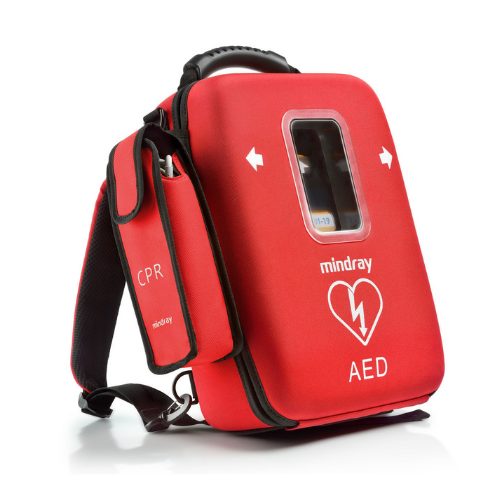
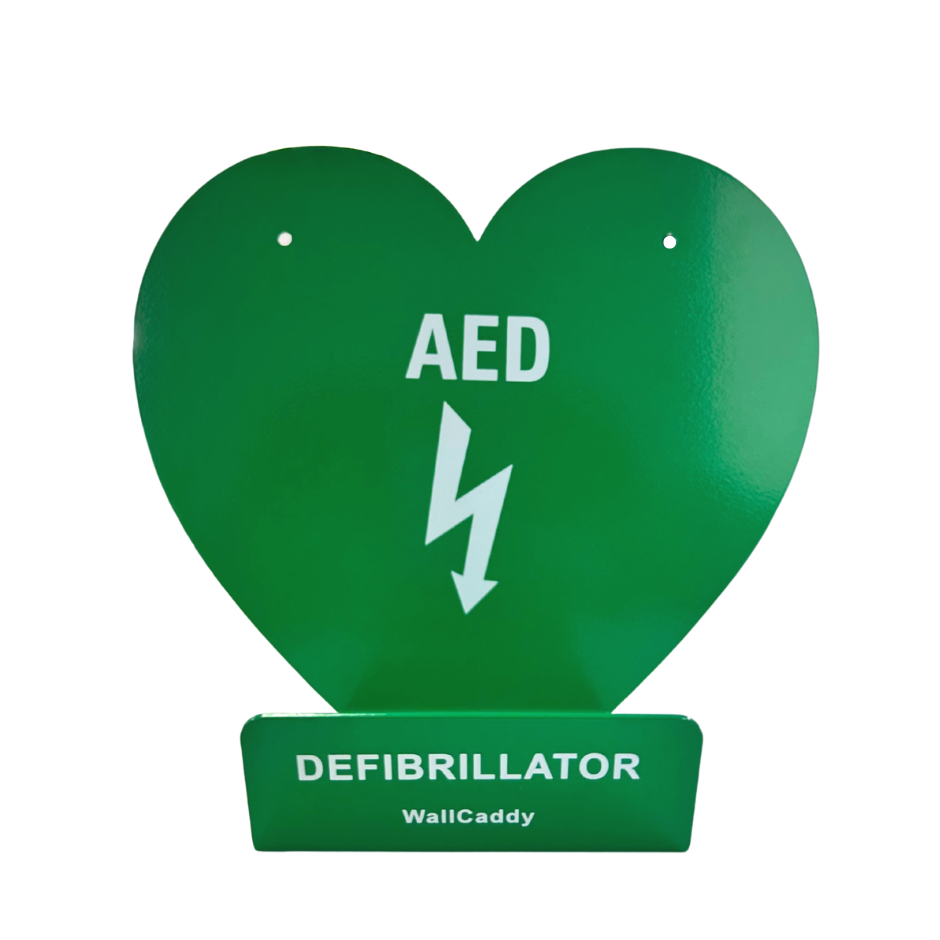

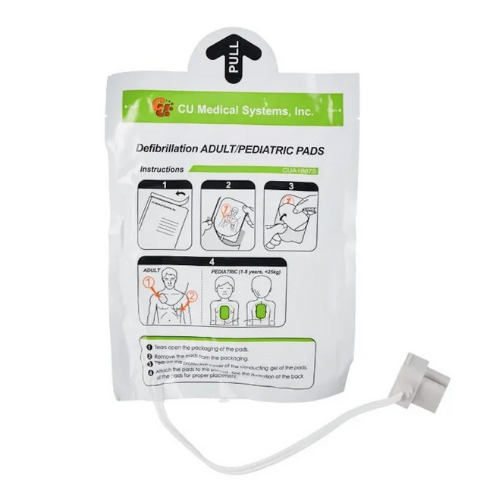
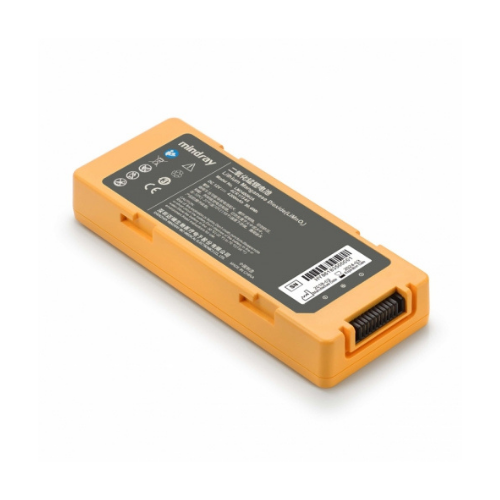

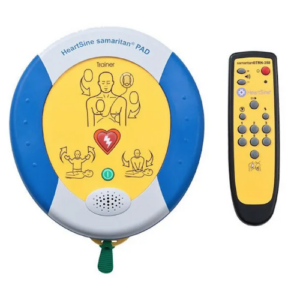


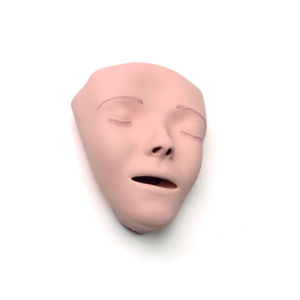
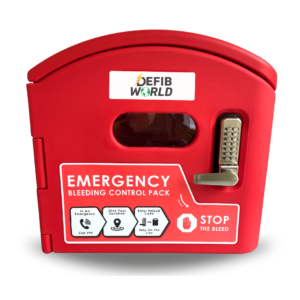



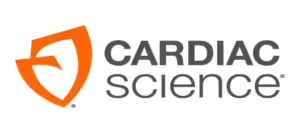
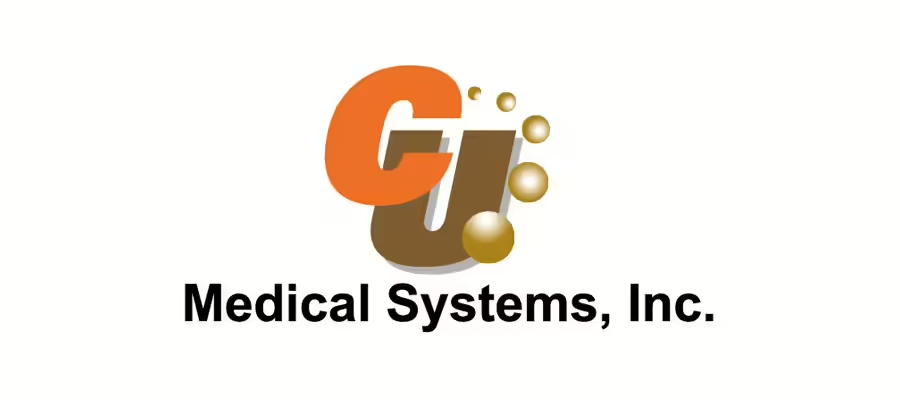











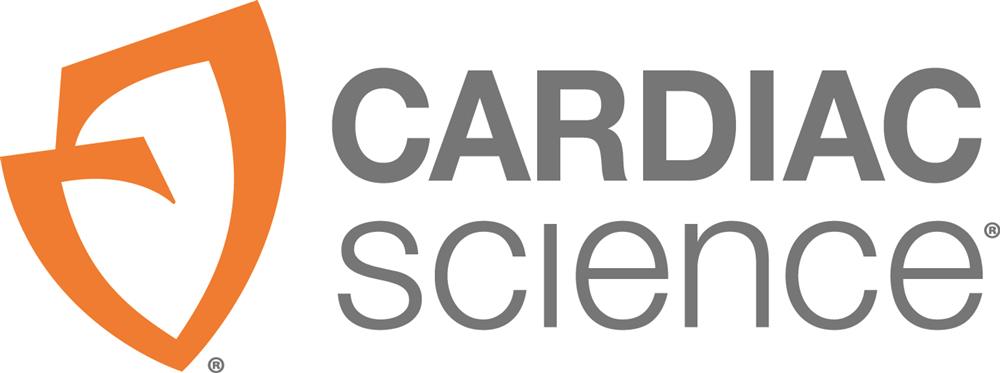
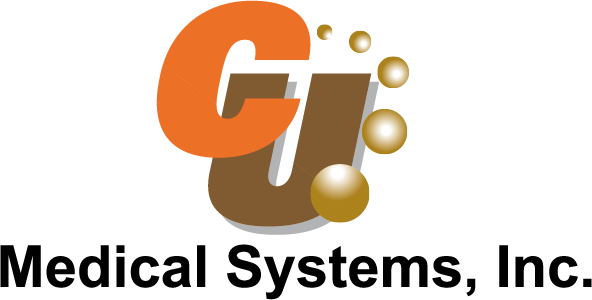
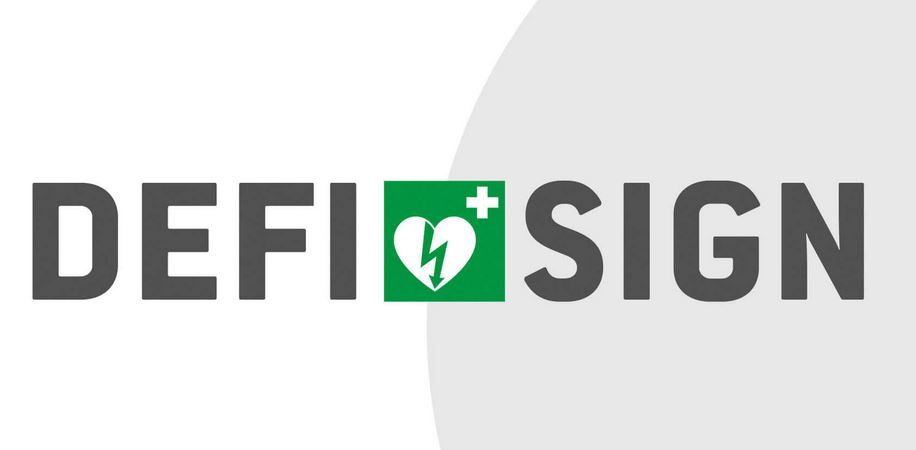



.svg.png)
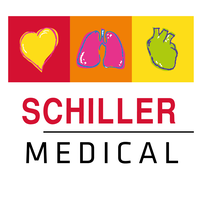


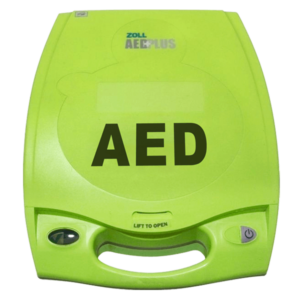



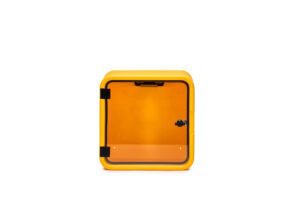


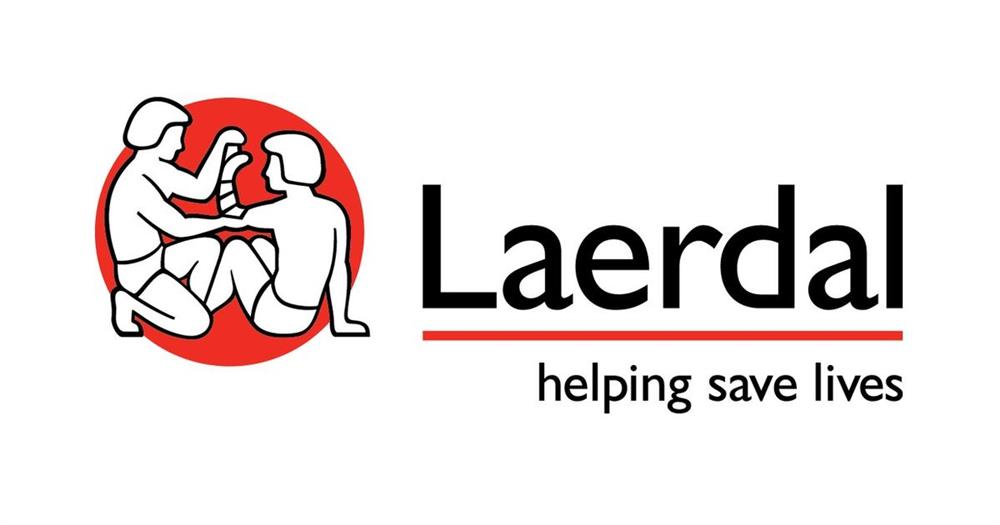

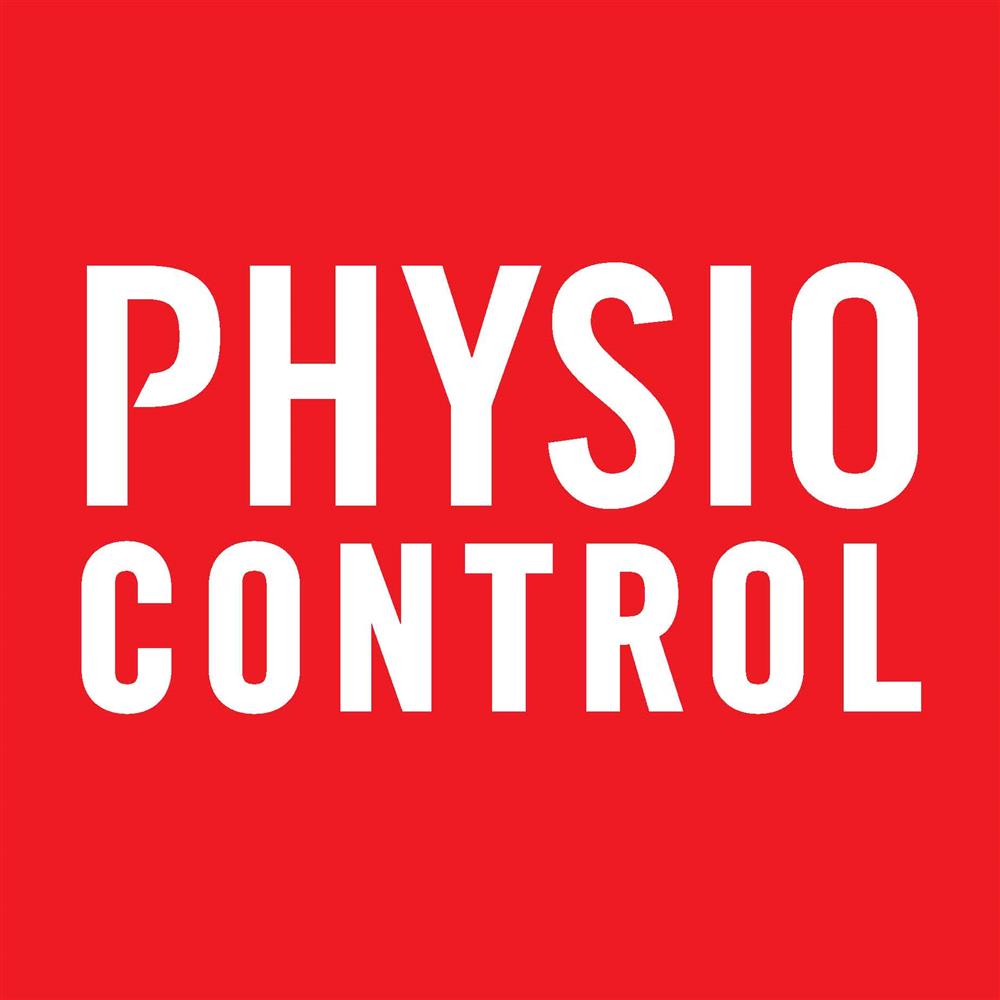
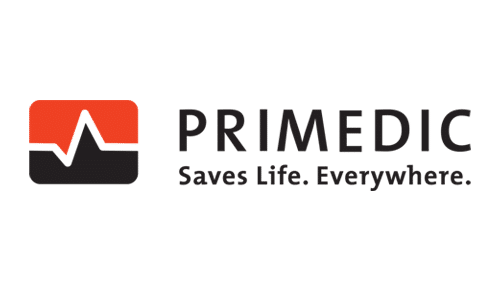

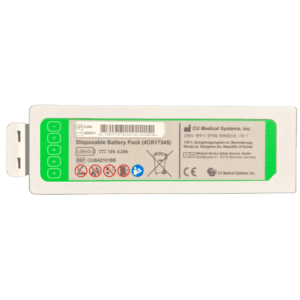
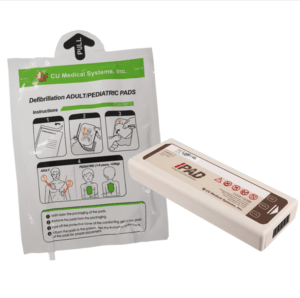
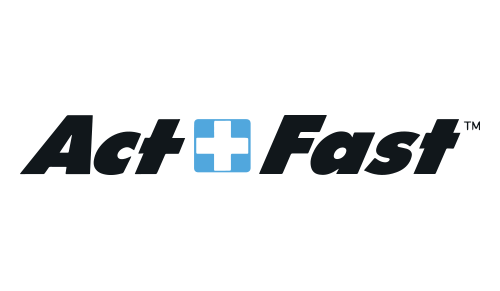

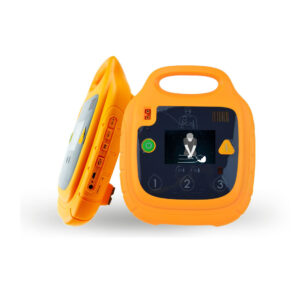
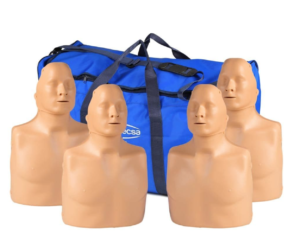




.jpg)

